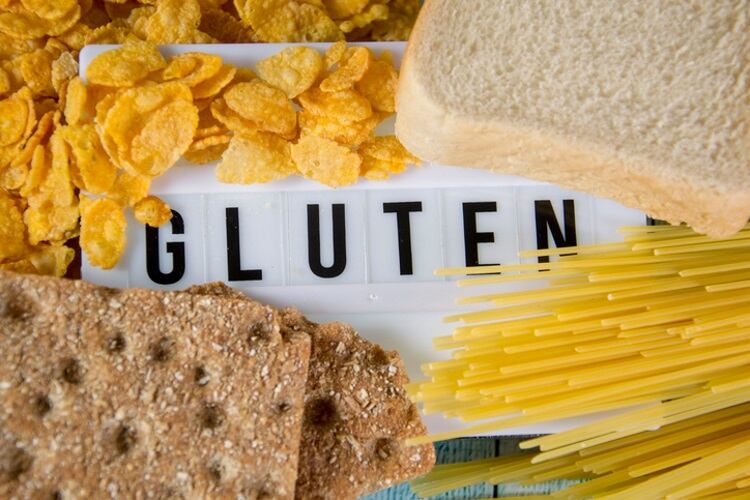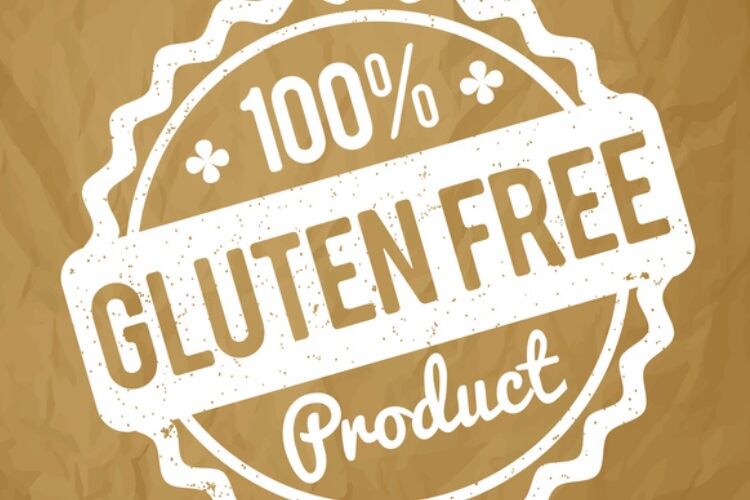The free guide provides a roadmap for food producers – irrespective of size – on how to label food products that contain gluten and what claims can be made relating to its absence or reduced presence of gluten.
“It is vitally important that food manufacturers provide legally compliant labels that present consistent allergen information,” said Alex Turtle, Food Law, labelling and enforcement manager at FDF.
Regulation (EU) No. 828/2014 on gluten obliges producers to inform consumers of its absence (gluten-free) or reduced presence (very low gluten) at regulated quantitative limits.
Those with the claim ‘gluten-free’ should contain no more than 20mg/kg of gluten, while ‘very low gluten’ foods should contain no more than 100mg/kg of gluten as sold to the consumer.
“By distinguishing the presence of allergens (i.e. gluten-containing cereals) with the absence of gluten in foods (i.e. gluten-free), the guidance helps highlight the important distinction between an allergy to cereals and celiac disease,” said Norma McGough, director of Policy, Research and Campaigns at Coeliac UK.
“We also welcome approaches to limit use of precautionary statements relating to the presence of cereals containing gluten in prepacked products.”
Gluten Labelling Guidance: Best Practice for Prepacked Foods which Include or Exclude Cereals Containing Gluten runs through the typical – as well as more challenging – labeling situations of foods made with cereals containing gluten; and special consideration has been given to oats and wheat species.
What's in a name?
For example, oats are legally considered as cereals that contain gluten.
However, oats not contaminated with other cereals – like wheat, barley and rye – and analyzed to contain less than 20mg/kg (ppm) of gluten may be labeled as ‘gluten-free’. The term ‘oats,’ though, must be listed as an allergen on the label.
The guide also outlines the differences between celiac disease and cereal allergies; gives advice on precautionary allergen labelling; provides a flow diagram for making gluten absence claims; and includes an overview of the relevant EU and UK legislation and guidance.
“Having a trusted consistent approach will make it easier for people with celiac disease or with allergies to these cereals to find and understand the labeling information they need. And that means they can make safer food choices,” said Heather Hancock, chairman of the Foods Standards Agency.
“I am very pleased to see further progress in this important area of public health and consumer protection.”
This year, the Gluten Free Industry Association (GFIA) joined Coeliac UK, Anaphylaxis Campaign and the British Retail Consortium (BRC) as supporting partners.
Download the free guide here.





